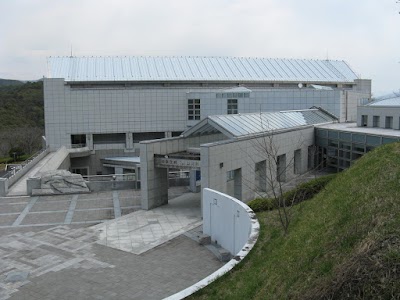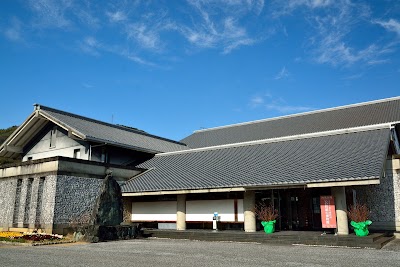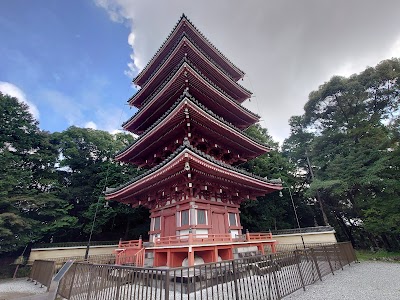Kōchi Castle (高知城)
Overview
**Kōchi Castle: A Jewel of Feudal Japan**
Kōchi Castle, nestled in Kōchi Prefecture, Japan, stands as a remarkable testament to Japanese feudal architecture. It is one of the few castles in the country that has successfully retained its original structure throughout the centuries. The castle's rich history dates back to the early 17th century during the Edo period, when it was commissioned by the feudal lord Yamauchi Kazutoyo.
Yamauchi Kazutoyo was granted the Tosa Province, known today as Kōchi Prefecture, by Tokugawa Ieyasu following the decisive Battle of Sekigahara in 1600. Recognizing the need for a stronghold to assert his dominion, Kazutoyo began the construction of Kōchi Castle in 1601, a project that took nearly a decade and reached completion around 1611.
Sadly, the original structure succumbed to a devastating fire in 1727, prompting a complete reconstruction effort that commenced in 1729. The builders of this second phase adhered closely to the original design while incorporating enhancements to better withstand fires and natural disasters. What visitors see today is a faithful yet resilient representation of Kazutoyo's vision.
Perched atop Mount Otakasa, Kōchi Castle was strategically designed to leverage its natural defensive advantages. The castle complex features several distinct zones, including the main keep (donjon), multiple gates, defensive walls, and the Ninomaru (secondary compound) and Sannomaru (tertiary compound) areas. The donjon, which rises majestically in the heart of the castle grounds, served dual purposes as both a military stronghold and the lord's residence—a unique architectural choice, as most castles typically separated these functions.
One of the most captivating aspects of Kōchi Castle is that it remains one of only twelve original castles in Japan to have preserved its main keep from the Edo period. Visitors can explore the interior, experiencing history firsthand through the wooden floors, narrow staircases, and a collection of ancient artifacts on display.
Another remarkable feature of Kōchi Castle is its well-preserved stone walls, known as *ishigaki* in Japanese. These sturdy walls offer a glimpse into the advanced stonemasonry techniques of the time, as builders expertly interlocked stones to create sloped walls capable of withstanding both enemy assaults and the elements.
The castle’s strategic location not only provided defense but also stunning vistas. From the top of the main keep, visitors are treated to a panoramic view of Kōchi City and its surrounding landscapes, illustrating the significance of this site as a formidable stronghold.
In the modern era, Kōchi Castle has evolved into an essential cultural and historical landmark. Ongoing efforts to maintain its stunning architecture and historical significance have made it a popular destination for both tourists and locals. The castle grounds, adorned with several museums and gardens, are especially enchanting during spring when cherry blossoms bloom, creating a picturesque setting.
Beyond its physical attributes and historical importance, Kōchi Castle symbolizes the Yamauchi family's rule and the region's rich heritage. Annual events, festivals, and historical reenactments at the castle bring its storied past to life, ensuring that the legacy of Kazutoyo and the construction of Kōchi Castle continues to inspire future generations.
So, when you visit Kōchi Castle, you are not merely observing an ancient structure; you are traversing through layers of history and culture that have been meticulously preserved and lovingly maintained over the centuries.









